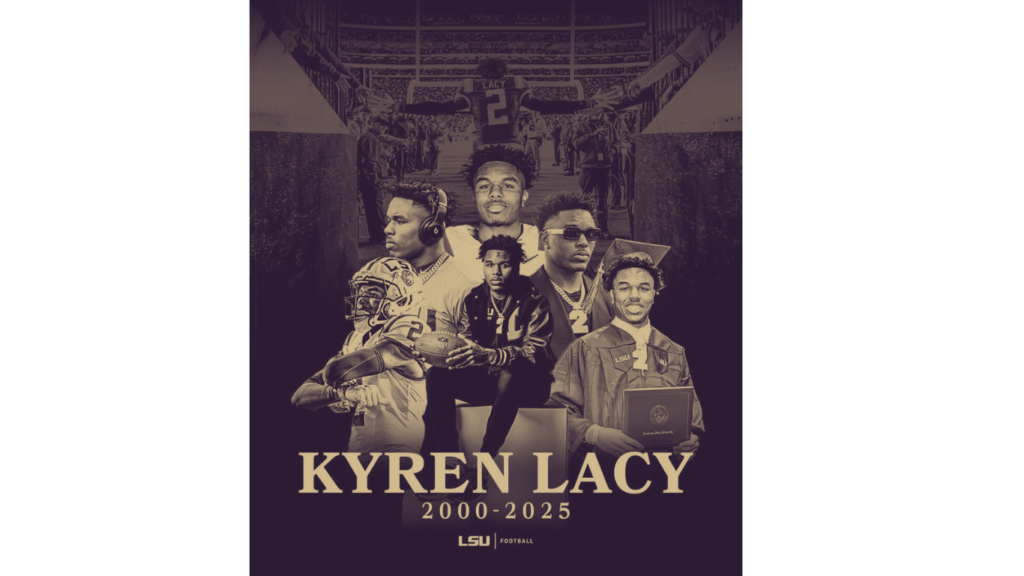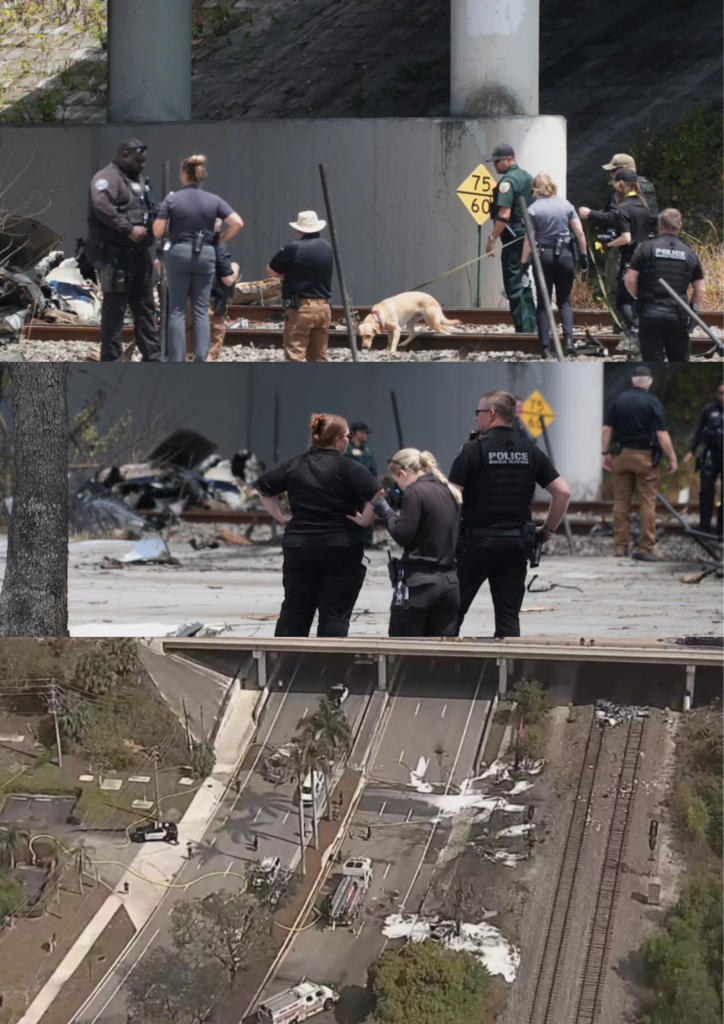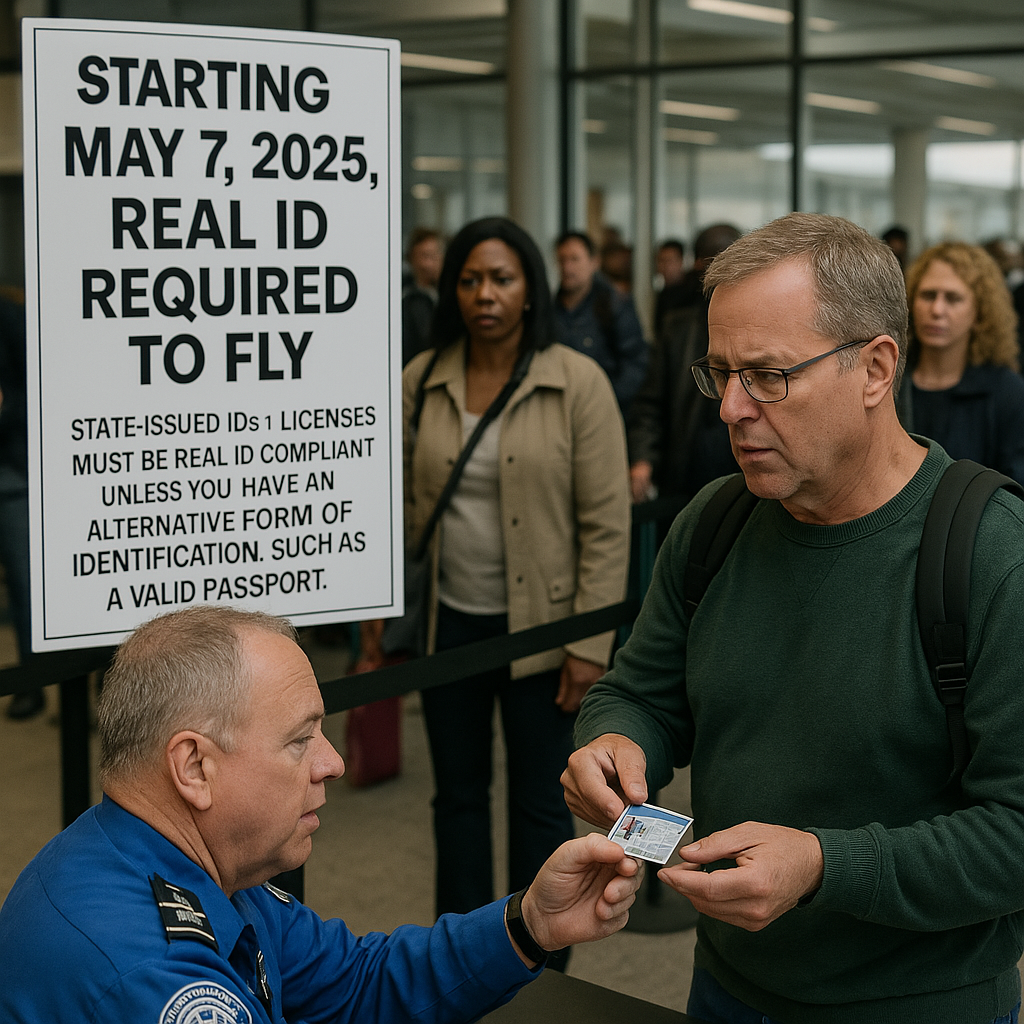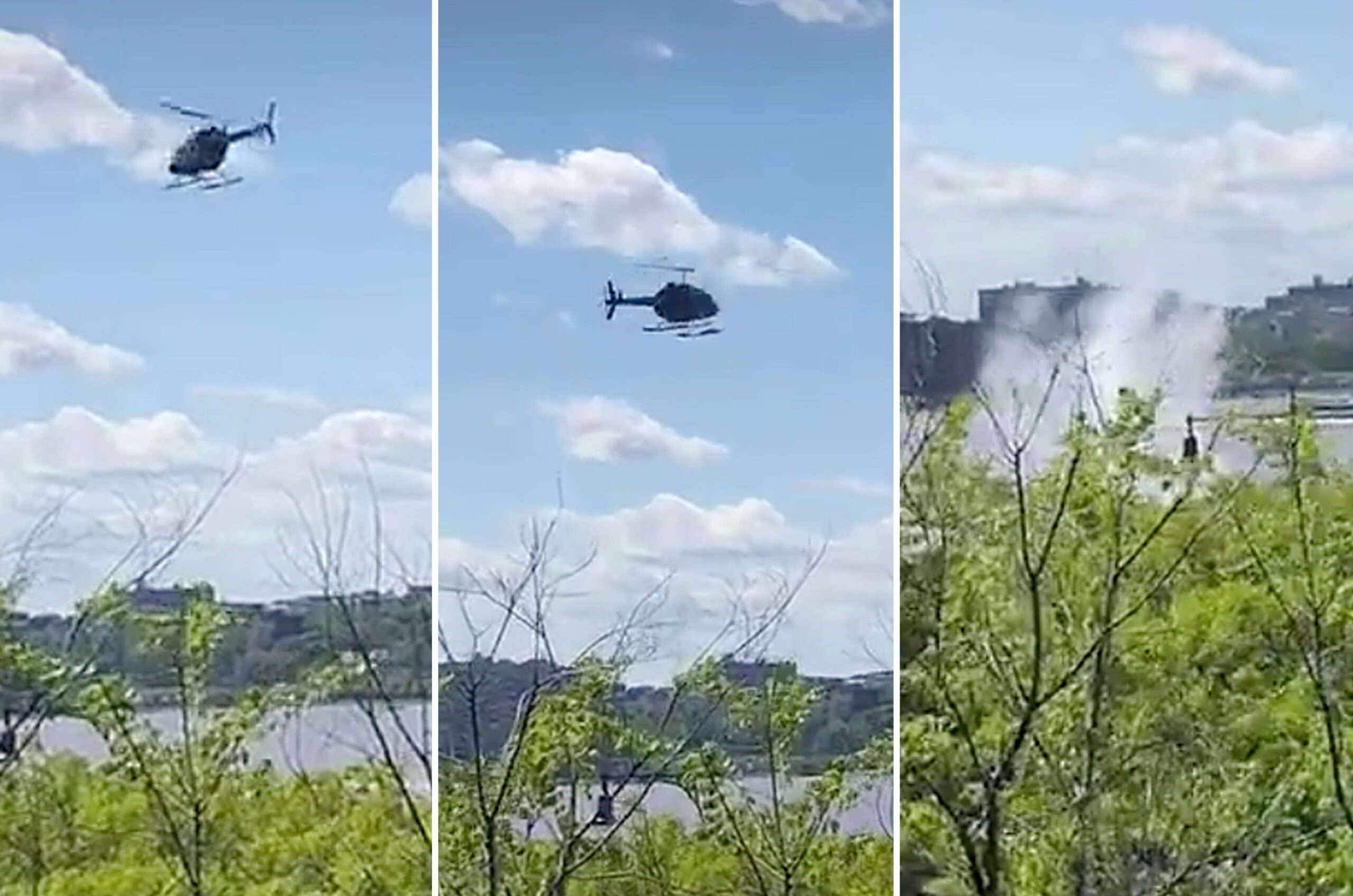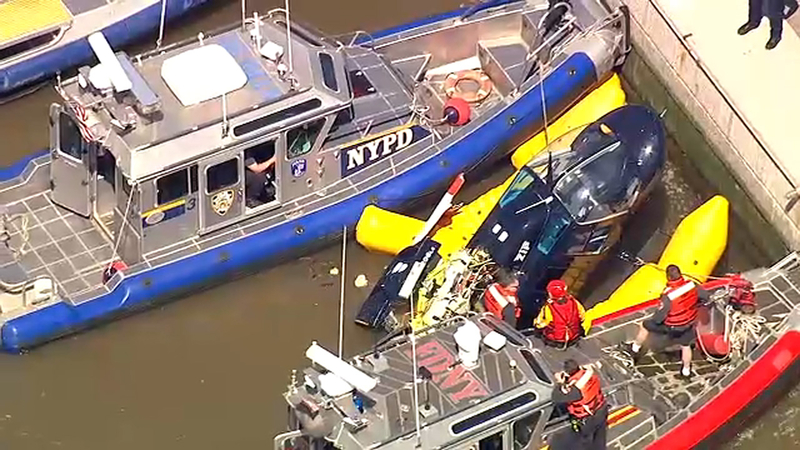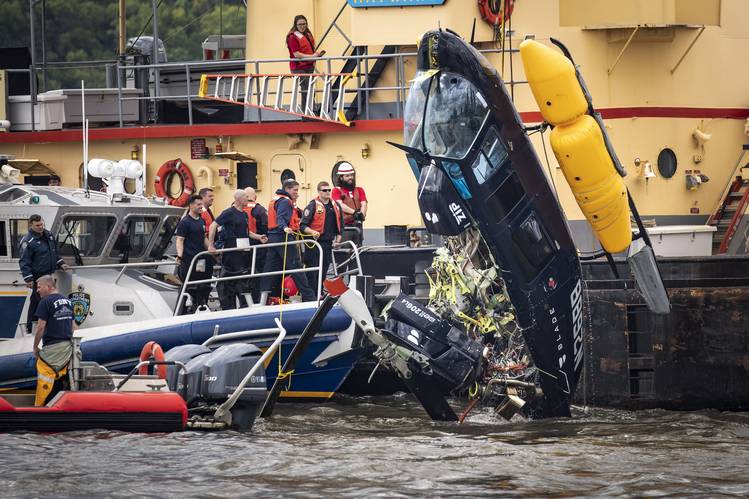24-Year-Old NFL Prospect Dead Days Before Court: The Dark Truth Behind Kyren Lacy’s Tragic End
The sports world is reeling from the devastating loss of Kyren Lacy, a 24-year-old former LSU wide receiver and NFL draft hopeful, who died by suicide in Houston on April 12, 2025, just days before a grand jury hearing that could have changed his life forever. Lacy’s death has ignited a firestorm of grief, speculation, and questions about the pressures young athletes face—both on and off the field. Was Lacy crushed by a system that refused to give him a fair shot? Here’s the full story that’s tearing up the internet.
A Rising Star’s Sudden Fall
Kyren Lacy was no ordinary talent. With 58 catches, 866 yards, and nine touchdowns in his final 2024 season at LSU, he was a standout wide receiver projected to shine at the upcoming NFL Draft. Hailing from Thibodaux, Louisiana, Lacy had transferred to LSU in 2022 after two seasons at Louisiana-Lafayette, building a career that saw him amass 162 catches for 2,360 yards and 26 touchdowns. ESPN’s Mel Kiper Jr. once ranked him as high as the No. 6 receiver prospect, and Lacy’s electrifying Pro Day performance in March had scouts buzzing. But behind the highlight reels, a darker story was unfolding.
In December 2024, Lacy’s world turned upside down. He was accused of causing a fatal car crash in Lafourche Parish, Louisiana, that killed 78-year-old Marine veteran Herman Hall. Authorities claimed Lacy was driving recklessly—speeding and passing in a no-passing zone—when another driver swerved to avoid him, crashing head-on into Hall’s vehicle. Lacy allegedly fled the scene without rendering aid, leading to charges of negligent homicide, felony hit-and-run, and reckless operation. Released on $151,000 bail after turning himself in on January 12, Lacy faced a grand jury hearing scheduled for April 14—one day after his death.

The Night That Changed Everything
According to a Harris County Sheriff’s report, Lacy’s final hours were chaotic and tragic. On April 12, police were called after a female family member reported that Lacy had fired a gun into the ground during an argument. When authorities arrived, Lacy had already fled in his vehicle. A chase ensued, stretching several miles, until Lacy crashed. When officers approached, they found him dead from an apparent self-inflicted gunshot wound. The news hit like a thunderbolt, leaving fans, teammates, and loved ones grappling with disbelief.
LSU Athletics issued a statement: “We’re saddened to learn of the tragic passing of former LSU Football student-athlete Kyren Lacy. Our thoughts and prayers are with his family and loved ones, as well as his former teammates and coaches impacted by his passing.” But for many, the statement felt hollow against the backdrop of Lacy’s legal and personal struggles.
A Friend’s Heartbreaking Revelation
Detroit Lions cornerback Amik Robertson, a fellow Thibodaux native and close friend, shared a glimpse into Lacy’s final days that has left fans in tears. Posting on Instagram, Robertson revealed their last text messages, offering a raw look at Lacy’s state of mind. Around the time of his arrest, Robertson urged Lacy to “trust the process and put it in God’s hands,” adding, “I know this is a tough time but my faith [is] high… If you are in the wrong everyone makes mistakes. It’s all a learning process. Keep faith brodie.” Lacy responded with a heart emoji and a promise to talk in person, writing, “I promise, big bro! We gone talk in person!” On March 26, Lacy sent one final message: “Appreciate dat bro. Needed to hear dat!! They gone feel us!”
Robertson’s tribute, captioned “Forever 2” and “Take your rest lil bro,” has gone viral, with fans flooding social media with messages of grief and support. “This hurts so bad,” one user wrote. “Kyren was fighting demons nobody saw.”
A Father’s Plea and a Lawyer’s Defiance
Lacy’s father, Kenny Lacy, took to Facebook with a gut-wrenching post, urging parents to prioritize their children’s mental health. “Our lives have changed forever and this will never be ok, but God needed my baby more than he was needed here,” he wrote. “This has to be the biggest pill our families have had to swallow but I know the love and compassion in our families will get us through.” His words have resonated widely, trending on X as a call to action for mental health awareness.
Meanwhile, Lacy’s attorney, Matthew Ory, didn’t hold back, slamming the investigation as a “witch hunt” fueled by bias. Ory claimed Lacy was “crushed under the weight of an irresponsible and prejudiced process,” pointing to the NFL pulling Lacy’s draft card over unproven allegations and the media’s circulation of his mugshot instead of his game-day photos. “There was never a presumption of innocence,” Ory said, vowing to demand a “full and transparent review” of the case. He insisted that evidence would have cleared Lacy, raising questions about whether the relentless scrutiny drove him to the edge.
The Sports World Reacts
Lacy’s death sent shockwaves through the football community, with NFL stars like Dak Prescott and Jayden Daniels joining the chorus of tributes. On X, athletes and fans alike shared messages of condolence, many echoing the sentiment: “Check on your people.” Lacy’s former high school teammate Rontrell Sandolph posted an emotional Instagram tribute: “All the talks, all the tears, everything, you know GOD had us!… Why would u leave me bro?” The hashtag #KyrenLacy has trended for days, with users debating the pressures of fame, the justice system’s role, and the mental toll on young athletes.
Was Justice Denied?
Lacy’s story has sparked heated debate. Supporters argue he was unfairly vilified, with a civil lawsuit naming another defendant who wasn’t charged, suggesting selective prosecution. Critics, however, point to the tragedy of Herman Hall’s death and the need for accountability. The grand jury hearing, now overshadowed by Lacy’s passing, leaves more questions than answers. Did the system fail Lacy by rushing to judgment, or did his actions set an irreversible chain in motion?
One thing is clear: Kyren Lacy’s death is more than a headline—it’s a wake-up call. As the NFL Draft approaches on April 24, the absence of Lacy’s name will sting, a reminder of a talent lost too soon and a life that might have been saved. Will his story change how we support young athletes under pressure? Only time will tell, but for now, the world mourns a star who never got to shine.
